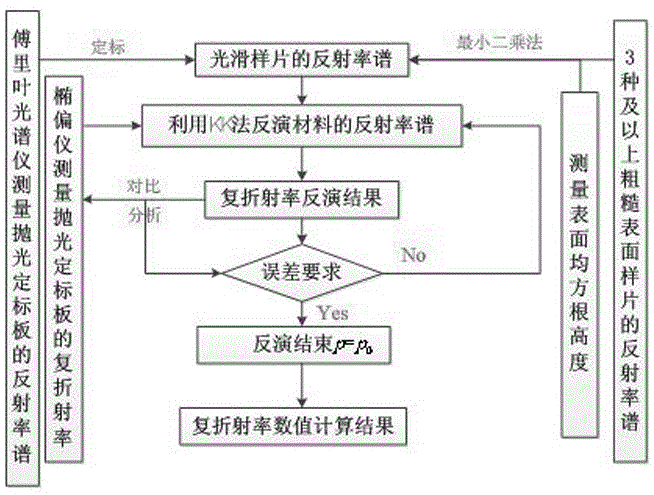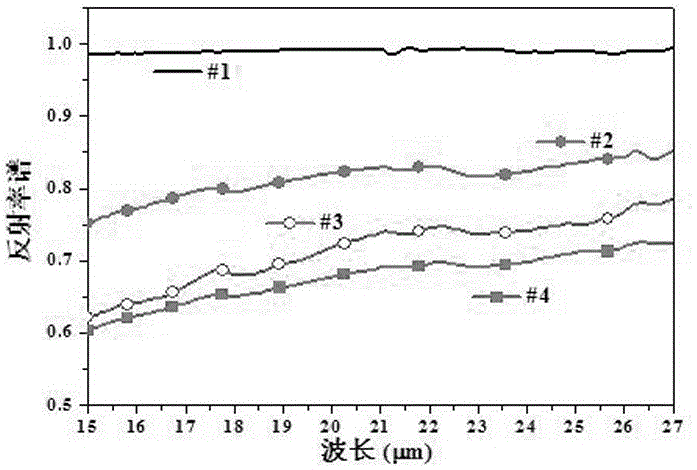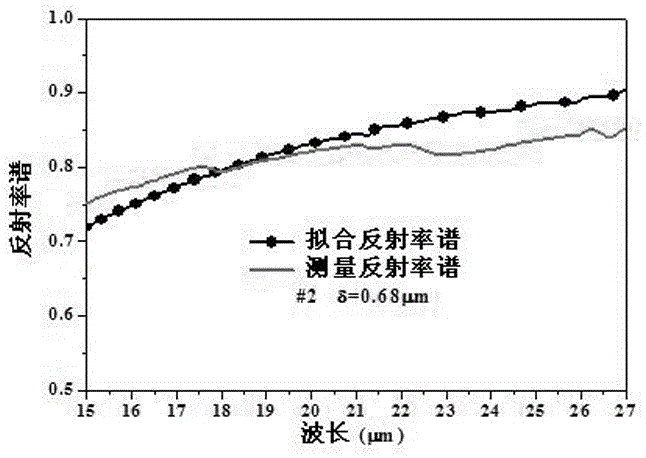Method for inversion of material complex refractive index based on rough surface refractive index spectrum
A complex refractive index and reflectivity technology, applied in the field of dispersion analysis and complex refractive index measurement of rough surface dielectric materials, can solve the problems of limited measurement frequency, increased experimental cost, and strict measurement environment requirements, to overcome poor stability, Wide range of applications and high reliability
- Summary
- Abstract
- Description
- Claims
- Application Information
AI Technical Summary
Problems solved by technology
Method used
Image
Examples
Embodiment Construction
[0027] Attached below Figure 1-Figure 8 The present invention will be described in detail with specific embodiments.
[0028] The purpose of the present invention is to degenerate the reflectance spectrum of the smooth surface by numerically degrading the reflectance spectrum of different rough surfaces, and combine the Kramers-Kronig (KK) relationship to invert the complex refractive index of the material. In the specific implementation process, it is divided into two parts: experimental measurement and theoretical calculation: prepare three or more rough samples of the same material and different surface root mean square heights and a polished calibration plate; use Fourier spectrometer to measure each rough sample The reflectance spectrum of the rough sample and polished calibration plate is used to calculate the root mean square height of the rough sample; the complex refractive index of the polished calibration plate is measured by ellipsometer; the mean square is obtain...
PUM
| Property | Measurement | Unit |
|---|---|---|
| diameter | aaaaa | aaaaa |
| thickness | aaaaa | aaaaa |
| surface roughness | aaaaa | aaaaa |
Abstract
Description
Claims
Application Information
 Login to View More
Login to View More - R&D
- Intellectual Property
- Life Sciences
- Materials
- Tech Scout
- Unparalleled Data Quality
- Higher Quality Content
- 60% Fewer Hallucinations
Browse by: Latest US Patents, China's latest patents, Technical Efficacy Thesaurus, Application Domain, Technology Topic, Popular Technical Reports.
© 2025 PatSnap. All rights reserved.Legal|Privacy policy|Modern Slavery Act Transparency Statement|Sitemap|About US| Contact US: help@patsnap.com



